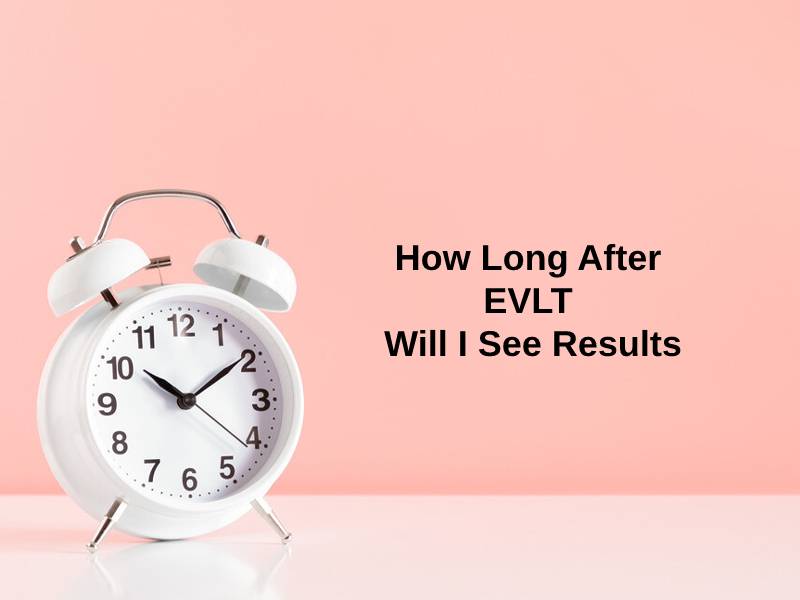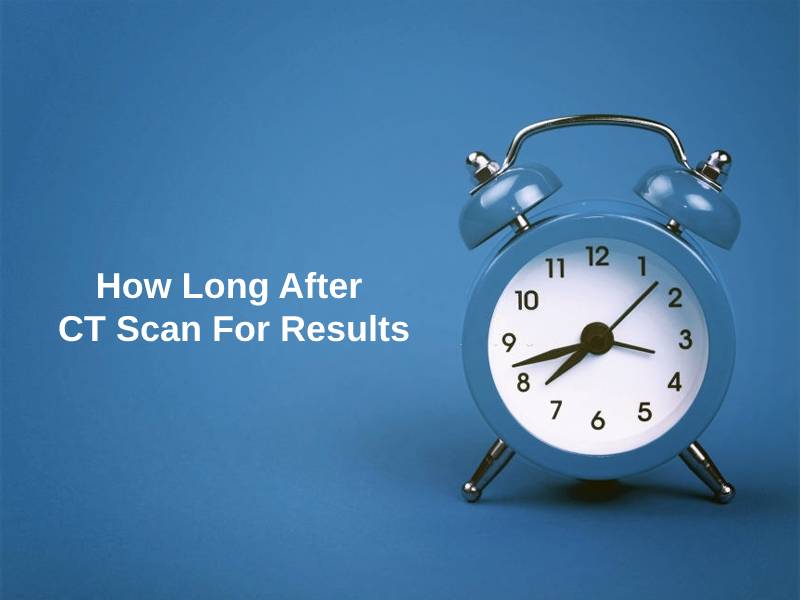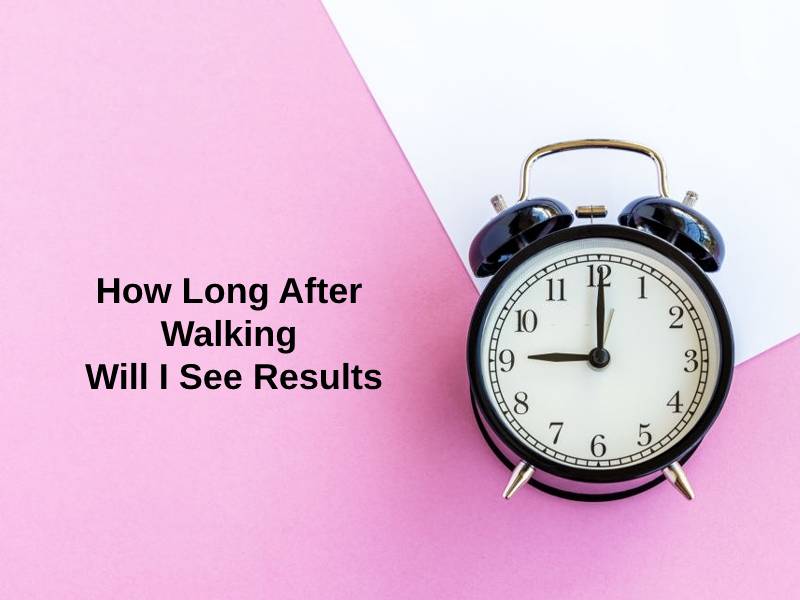Exact Answer: Within Twenty-Four Hours
CVS stands for Chorionic Villus Sampling. It is a type of diagnosis which is carried out to determine whether a fetus is suffering from any genetic disorder or not. It is performed by collecting samples from the fetus and then testing it using different technologies, and then finally, it is determined whether there is any disorder.
FISH is the short form of the medical term Fluorescence in situ hybridization. It is a type of cytogenetic technique that helps determine the type of disorder in a CVS procedure. This method works by binding probes to several parts of nucleic acid where it feels that disorder symptoms can be found.

How Long For FISH Results After CVS?
Historically, it has been informed that CVS was first performed by Giuseppe Simoni, an Italian biologist working under the Biocell center as a research fellow. This procedure was first performed in Milan in the year 1983. Initially, medical experts worldwide did not trust this process because there was no proof of its efficacy in all conditions. But as modern technologies kept evolving, the efficacy of this process increased from time to time, and now it is preferred by medical professionals in many parts of the world.
In most cases, CVS is performed somewhere between the tenth and the twelfth week of gestation. However, the process can be carried out anytime before the fifteenth week. It is not recommended to carry out the procedure after fifteen weeks as it can be harmful to the fetus in that period. Initially, this process was only carried out to look for symptoms of down syndrome, but now it is used for testing more than two hundred disorders in the fetus. The results are pretty accurate and give correct information regarding any disorder.

| FISH results after CVS | Time After CVS |
| Short-term results | Within twenty-four hours |
| Complete results | After two days |
The FISH results after CVS are available in a few hours. Short-term results are available within twenty-four hours. In contrast, complete results of CVS take some time, but they are available in two days.
Why Does It Take That Long For FISH Results After CVS?
There are various reasons because of which a need to carry out CVS can be identified. These include abnormal results in the screening of the first trimester. Sometimes it is also done because some abnormalities are found in the ultrasound report of the mother. In many cases, genetic disorders get inherited by the mother or father, and then there might be a need for CVS. If the mother’s age is above thirty-five, then there are high chances that the fetus might be having genetic disorders, and that’s why CVS is carried out.
Some certain risks and complications are also involved in the CVS procedure. Approximately one percent of CVS cases result in miscarriage, and hence the decision to go for CVS is a compassionate one. There are also risks of infection and fluid leakage from the mother’s body, which can be painful and might weaken the mother’s immunity. Limb Reduction Defects are also known to take place in patients on whom CVS is done.

It takes that long for FISH results after CVS before multiple tests are needed to be carried out on the sample that is obtained from the fetus. Also, results are cross-checked at least twice to ensure no errors in the final result. Therefore, patients should keep patience while waiting for CVS reports.
Conclusion
Overall, it can be concluded that CVS stands for Chorionic Villus Sampling. It is a type of diagnosis which is carried out to determine whether a fetus is suffering from any genetic disorder or not. First, it is performed by collecting samples from the fetus and then testing it using different technologies, and then finally, it is determined whether there is any disorder.
On average, FISH results after CVS are available in twenty-four hours. Patients must wait for the results to come. There are many risks involved in the CVS process, and the patient must know such problems beforehand. The CVS process can only be carried out by a medical professional as it requires utmost precision and accuracy.





















The FISH results after CVS are very important for determining the health of the fetus. I’m glad they are available relatively quickly.
Yes, it’s essential information for expectant parents.
I did not know that the FISH results after CVS only take twenty-four hours. That’s impressive.
Yes, the speed of the results is remarkable.
I hope that as technology continues to improve, the risks associated with CVS will decrease.
Agreed, it’s essential to prioritize the safety of both the mother and the fetus.
Yes, that would be a significant development in prenatal care.
I appreciate the detailed explanation of the CVS procedure and reasons for requiring it. It’s important for patients to be well-informed.
Yes, knowledge is empowering for expectant parents.
Absolutely, informed consent is essential in any medical procedure.
The risks of the CVS procedure are too high. It is not a good procedure to carry out. If it results in miscarriage, there is no point in even having a CVS.
I understand your concerns, but in many cases, the benefits of having a CVS outweigh the risks.
I agree with Poppy. CVS can provide valuable information for medical treatment.
The FISH results after CVS provide valuable information for prenatal care. It’s fascinating how technology has advanced in this field.
Yes, the speed and accuracy of these results are truly impressive.
I think CVS should only be done in extreme circumstances. It should not be a routine procedure.
I disagree, CVS can be incredibly helpful in diagnosing fetal disorders.
I agree, there should be strict guidelines for when CVS is necessary.
The reasoning for needing a CVS is very informative. It’s essential for expectant parents to understand the potential risks and benefits.
Absolutely, informed decision-making is crucial in prenatal care.
The complexity of the CVS procedure is quite remarkable. It requires a high level of expertise.
The skill of the medical professionals carrying out the procedure is critical.
Definitely, it is a specialized medical procedure that demands precision.
It is interesting to see how the CVS procedure has evolved over time. I hope that it continues to improve.
Yes, it’s amazing to see how far medical technology has come.